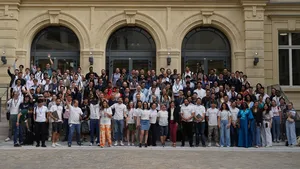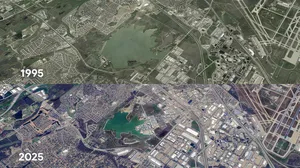The nature of water: unveiling the most detailed view of water on Earth
In 1926, the Mississippi river flooded to its highest level in history, destroying towns and leaving hundreds of thousands homeless. Since then, dams and thousands of kilometers of levees have been built to control the mighty Mississippi. 60 years on, another effect of the historic flood is becoming apparent. As the river has become calmer, it now also carries a lot less of the sediment that created and replenished the delta. Without that, more than 13 thousand square kilometers of the delta -- an area 10 times the size of London -- is slowly slipping into the Gulf of Mexico. Once again the river is threatening to displace thousands and drown the fragile delta wetlands.
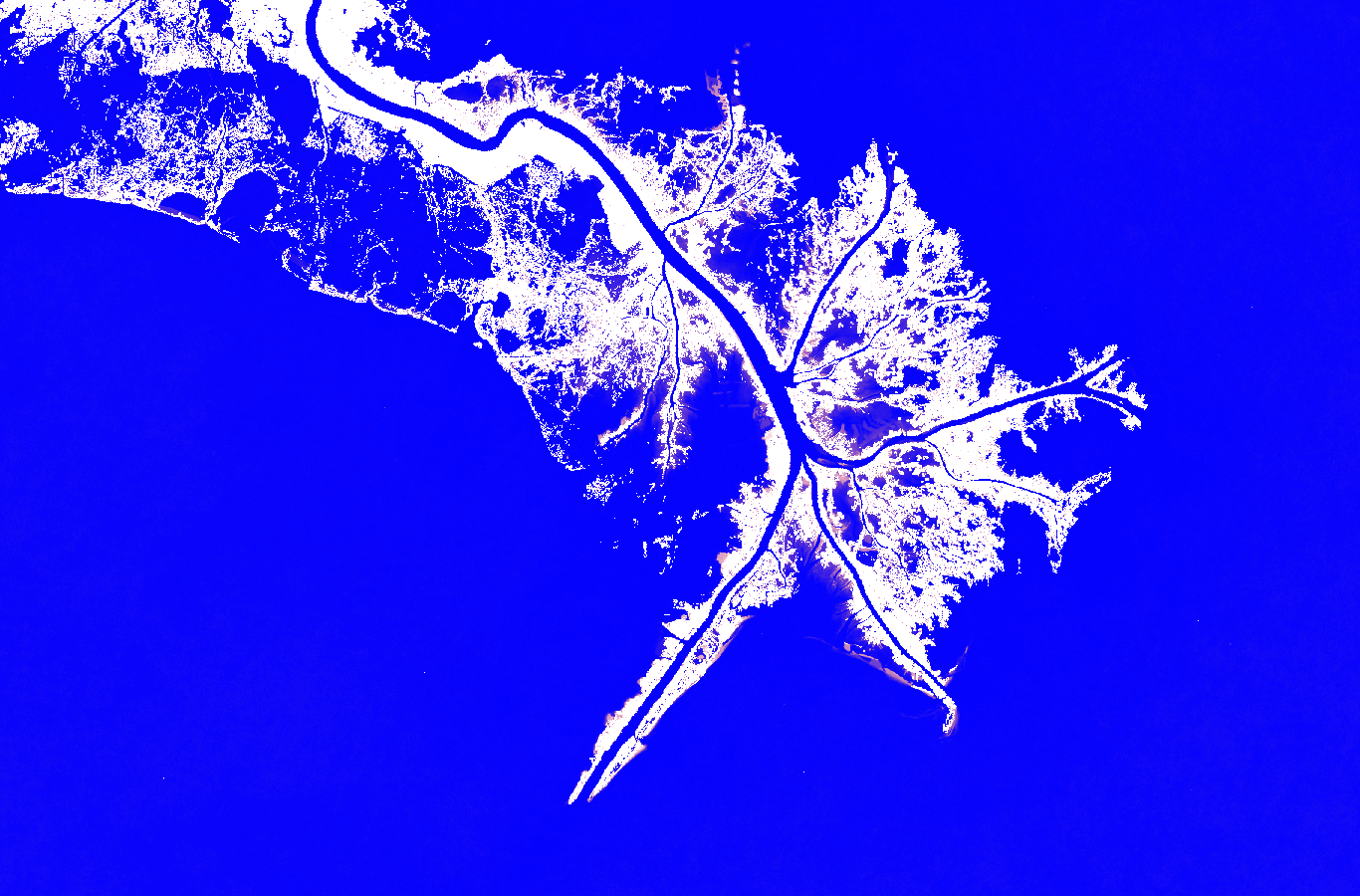
The change of the Mississippi over decades is just one of the hundreds of stories of similarly dramatic change around the globe; from the draining of the Aral Sea in the Middle East for crops, to the effects of dam construction in China, or the impacts of the multi-year drought on the Western U.S. Water has been shaping our planet since it was formed, and still plays a direct and crucial role in all of our lives.
Thanks to a partnership between the European Commission’s Joint Research Centre and Google, we can now get a view into the past three decades of water on the surface of Earth and see how stories like these have shaped the world over time, in unprecedented detail.
This project has been a monumental undertaking and was made possible by new data processing methods, running the analysis on thousands of high performance computers at the same time. It took three years to download 1.8 petabytes of data from the USGS/NASA Landsat satellite program and prepare that for analysis. Each pixel in 3 million satellite images, going all the way back to 1984, was examined by a computer algorithm developed by the Joint Research Center running on the Google Earth Engine platform. More than 10 million hours of computing time was needed for this, roughly equivalent to a modern 2-core computer running day and night for 600 years.
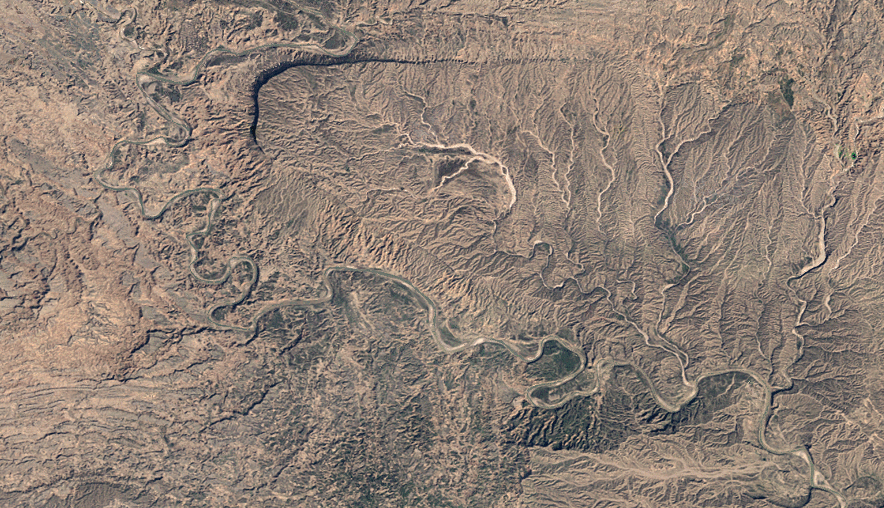
The results for the first time allow us to map and measure changes in the water surface over time with a 30-meter accuracy, month-by-month, over 32 years. Here are some of our findings:
90 thousand square kilometers of water - the equivalent of half of the lakes in Europe - have vanished altogether. Over 200 thousand square kilometers of new, mostly man-made water bodies came into existence.
The continuing drying up of the Aral Sea in Uzbekistan and Kazakhstan accounts for the biggest loss in the world.
Iran and Afghanistan lost over a half, Iraq over a third of its water area.
Although the area covered by water in the U.S. has overall increased a little, a combination of drought and sustained demand for water have seen six western states, Arizona, California, Idaho, Nevada, Oregon, Utah, account for a third of the loss in U.S. water surface.
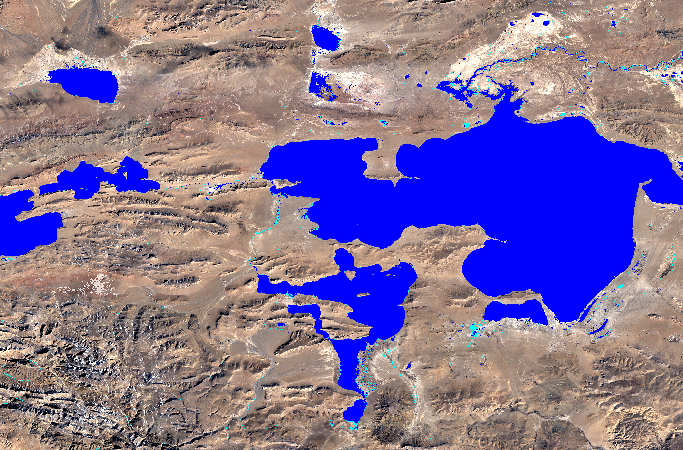
The research findings and the maps, published today in the journal Nature, are available for you to explore on this new website. The data are also freely available in Google Earth Engine for further research, use, and download. These new maps, statistics and the stories of change they reveal provide essential information which can aid global water security, agricultural planning, disaster preparedness, public health, climate understanding and more, offering the most detailed view to date of one of our planet’s most vital resources.
With contributions from Alan Belward, Andrew Cottam and Jean-François Pekel, Joint Research Centre, European Commission
